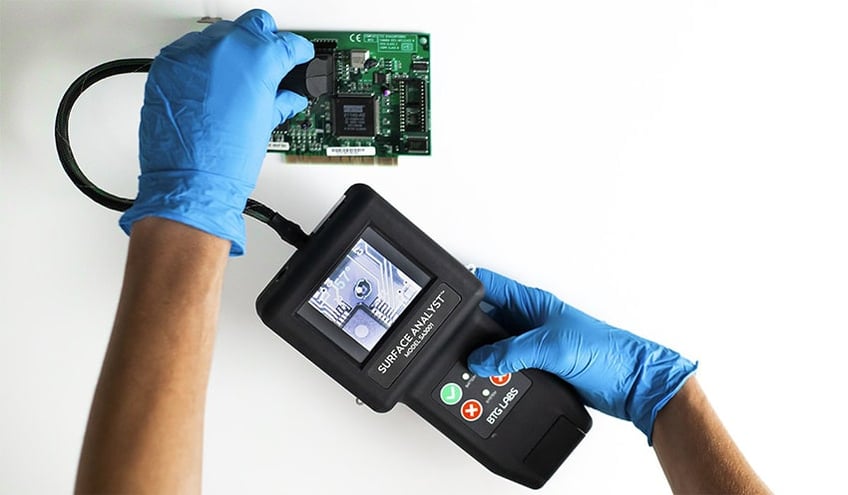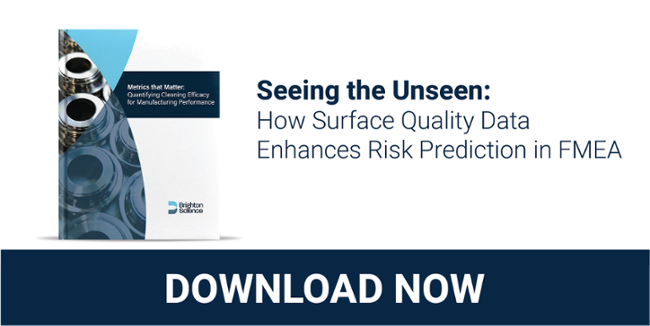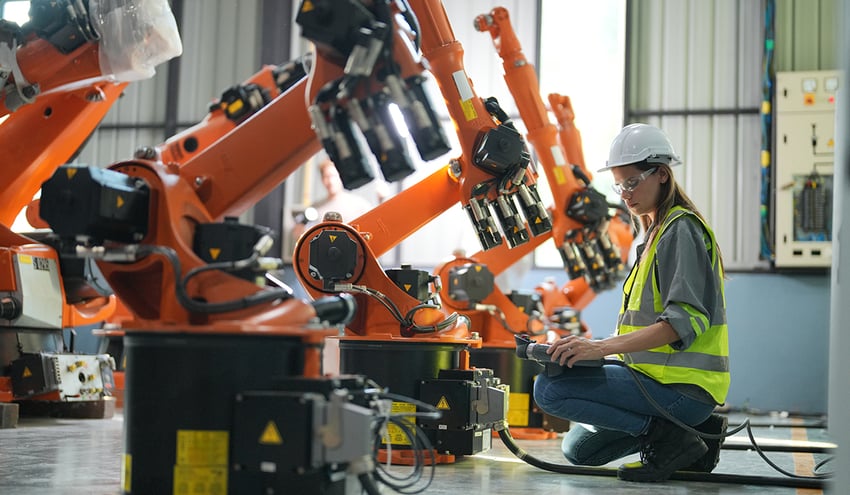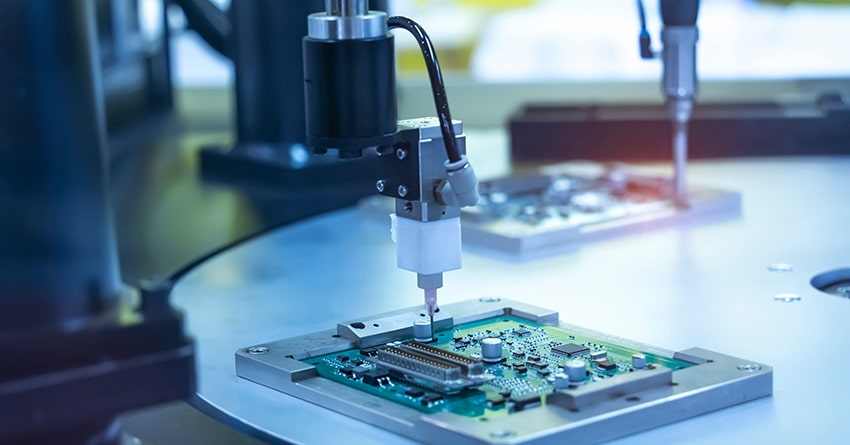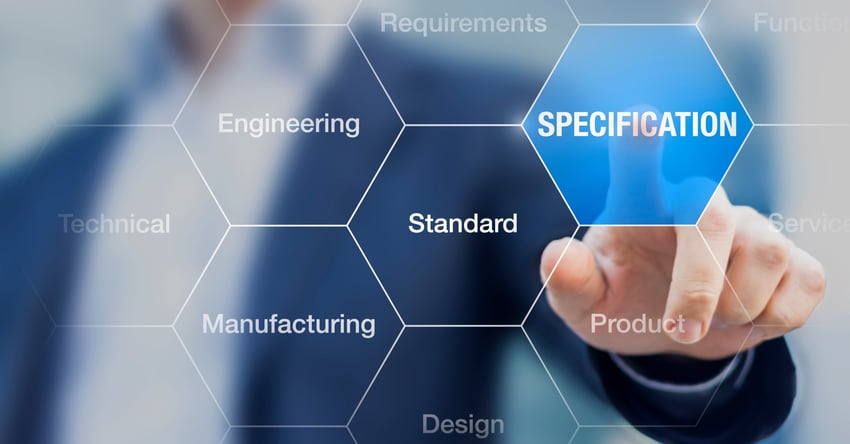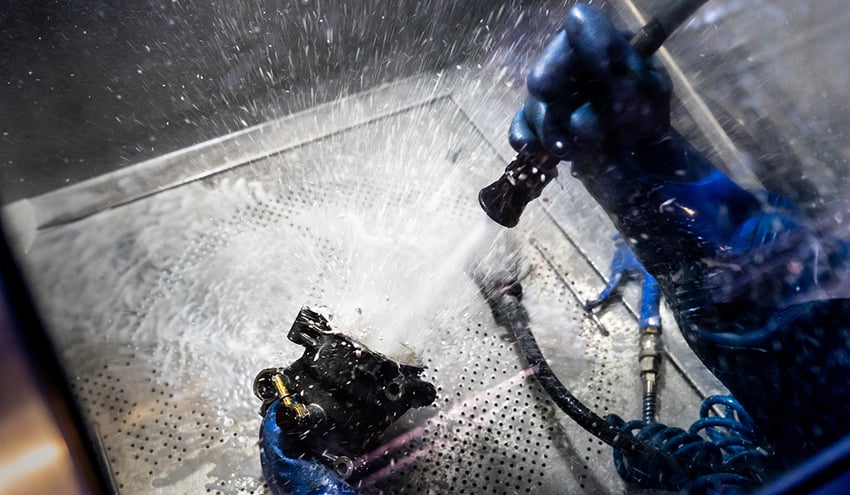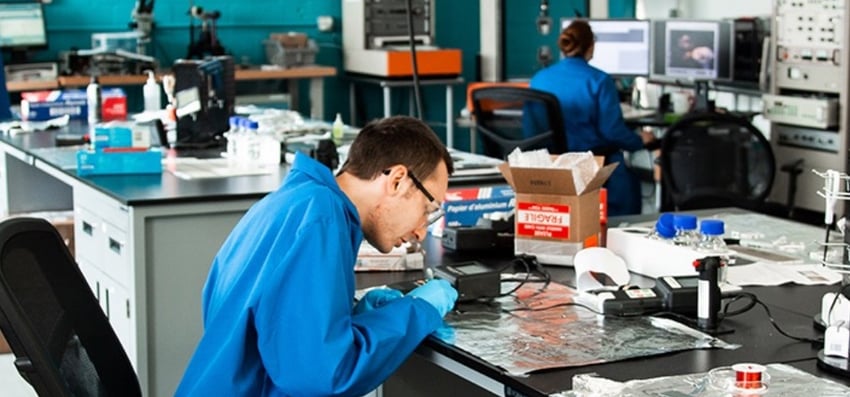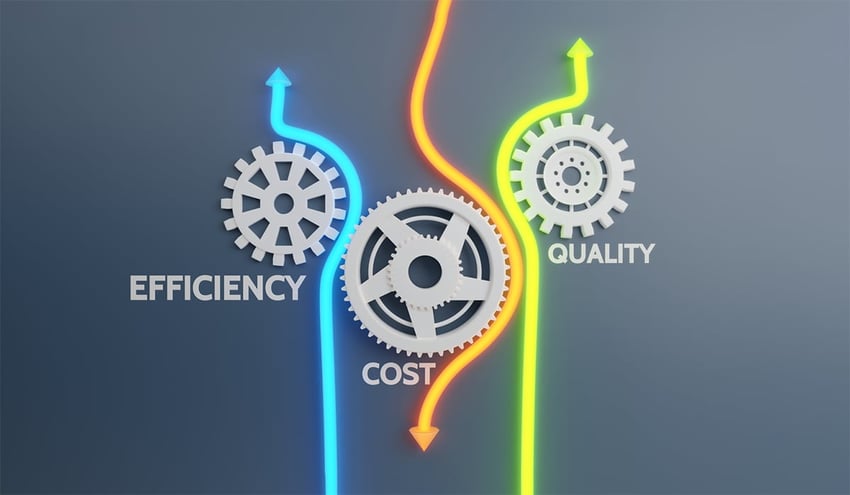Various industries have different names for ways they change material surfaces during a production process. In medical fields and other industries dealing with high-reliability polymers, they’ll refer to the treatment of materials. In the automotive and machining sectors, the word used is often cleaning. Other manufacturers that might be applying coatings to surfaces or otherwise altering the surface of a material in a way that isn’t obviously cleaning can refer to their process as surface preparation.
Whatever you call it, these aspects of manufacturing processes can easily go unmonitored and uncontrolled. Not establishing and maintaining a data-driven specification that considers how material surfaces are altered to create successful adhesion leaves the entire process vulnerable to producing low-quality products.
This specification is ideally set before the production line is even set up to mitigate risk upfront. That isn’t always the reality; creating a specification after the fact can be a lengthy and costly process to re-engineer. But here are a few steps to take that, if fully considered and followed, will put manufacturers on the path to a deeper level of process control.
The creation and implementation of a surface quality specification involve two phases. The first involves determining the ideal state and condition of the material surface for successful adhesion and how to achieve that state; the second centers on optimizing the manufacturing line to ensure this spec is met.
Rethink your adhesion manufacturing processes with Surface Intelligence.
Phase One: Set the Stage
Step 1: Define Your Goal
In the beginning, it is necessary to look ahead. What is the baseline performance requirement for the application? If you are bonding, coating, printing, painting, or sealing, you need to know precisely what that application will ideally accomplish. For instance, print on a plastic bottle that can withstand 5,000 dishwasher cycles, a gasket seal on an engine block that never fails, or an electronic component PCB coating that doesn’t delaminate after a set number of hours of use in a given environment. Once this goal is established, usually by a product design team, everything else can operate in service of this objective.
Step 2: Choose Your Treatments
Depending upon the application and material (polymers, carbon fiber composite, aluminum, etc.), a variety of surface treatment and cleaning techniques and equipment are available. Most are engineered to cater to the needs of particular materials, so choosing the right one will depend heavily on industry standards for surface preparation, activation, cleaning, and passivation.
Common surface preparation methods include plasma treatments, ultrasonic aqueous baths, chemical etching, laser ablation, hand abrading, and many others. All of these have benefits, but it is important to keep in mind that some have a much narrower applicability than others when choosing the correct surface preparation for your adhesion process.
Beyond considering just what equipment to implement, it is critical that these treatments are seen as directly related to the adhesion goal. The results must be scrutinized when testing these methods to determine how they affect the ultimate bond performance. Manufacturers must always check against the ideal end product and reject what doesn’t meet that goal. Often, combinations of these methods are necessary to get the best results. Setting up the process with the correct combination of treatment steps in the most optimal order is critical.
Keep in mind that changes to the material surfaces occur every time they are interacted with. It is necessary to understand what is happening on the surface when these changes occur and how they affect bond performance. Recognizing the impact of adhesion science will allow for more careful and efficient narrowing of the variables, bringing you closer and closer to the spec you’re looking for.
Phase Two: Take Control
Step 3: Optimize Your Parameters
A deep understanding of the connection between surface treatment and adhesion performance allows you to adjust the parameters of your methods and equipment thoughtfully and precisely. Acting with nuance means manufacturers can optimize the surface preparation process without overshooting the ideal and then having to backtrack.
Setting the treatment and preparation standards and parameters to produce surfaces that are most favorable to successful adhesion, as outlined in step one before the production process is fully established, eliminates hours of excessive rework and costly trial and error.
Step 4: Control Your Incoming
Once the surface preparation methods have been chosen and the parameters set using a reference material (something that does not actually go through the real production process but is used to help create the spec), it is time to examine the incoming material.
Material surfaces can vary widely when they arrive at a production facility, even if it is the same material from the same supplier. Manufacturers usually have no control over how long a material has been in storage before it enters their facility, which can drastically affect the state of the surface by the time it is used in production. Sometimes, a supplier will alter the material in a way they do not deem necessary to mention to a manufacturer because they are unaware that this change could affect adhesion.
Creating a baseline standard for incoming surfaces means that the parameters set downstream in the production process will interact with consistent surfaces on each part, roll of material, or component. It is important to have a base-level threshold for everything that falls below a certain standard to be automatically rejected. Setting that threshold helps control the effect the incoming material has on all the ensuing process steps.
Step 5: Do Preventative Maintenance
Once the specification has been established, the standards need to be upheld. Unfortunately, it is too late to wait until the end of the production process to see if the adhesion process has succeeded. There are ways that treatment, cleaning, and preparation methods degrade or drift out of the hard-won spec. This might be due to a solution in a cleaning bath needing to be changed, the closeness of the nozzle of a plasma treatment system being moved, a minute wrinkle in a roll of film passing through a corona treatment system, or even just user error somewhere along the way.
Maintaining the integrity of the parameters and standards established is crucial to preserving material surface quality. This can only be accomplished by monitoring the process and responding when a surface is not in spec.
To learn more about defining surface quality specifications, please download the free eBook "Seeing the Unseen: How Surface Quality Data Enhances Risk Prediction in FMEA."

